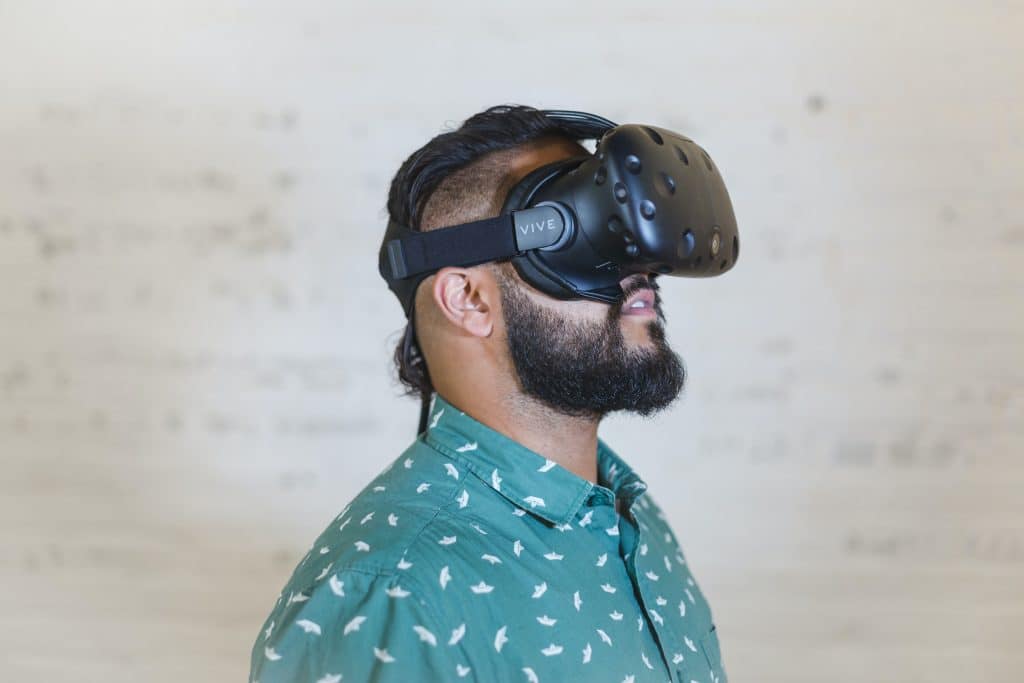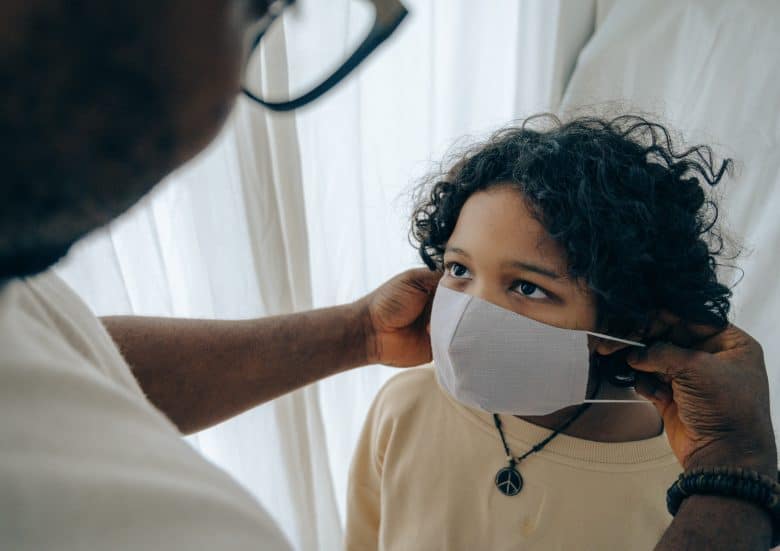Entering the medical field is not for everyone. It involves handling difficult situations and making quick decisions. Some can be life-threatening as well. But it is all part of the job. The advancement in technology is changing the medical field. It assists the doctors and other health care, practitioners. It is also molding healthcare and medical education.
For pediatric specialists, rigorous preparation is crucial, and pediatrics board practice questions are invaluable for mastering in-training and certifying exams while staying current with the field’s developments. These ABP practice questions provide a comprehensive way to test your knowledge, identify areas that need improvement, and ensure that you are well-prepared to provide high-quality care to young patients. If you’re a medical student on the path to pediatrics these resources can be a game-changer in your medical career.
We will tell you the trends in education that are essential in today’s world. However, before moving on, we would like to talk about the pathway to becoming a doctor.
Pathway to Become A Doctor:
The journey to becoming a doctor is long. It takes many years before you can call yourself a practicing doctor. A person has to earn an undergraduate degree with prerequisite courses. The second step is to pass the MCAT exam and then acquire a medical school degree. After medical school, you have to do a residency for six to seven years and finally obtain a license.

Education Trends to Heed:
COVID-19 pandemic has shaped the entire world. Healthcare is one of the most affected fields by the pandemic. Every country has realized how strong its healthcare system is and how to increase its effectiveness. It has also changed the way students study. Healthcare education has shifted from face to face to distance learning. Here are five education trends to heed.
Dual Degrees:
Healthcare facilities nowadays depend not only on doctors’ knowledge about medicine but also on their administrative skills. Many doctors prefer acquiring a dual health and business degree. It allows you to understand concepts of two different disciplines. It also increases your career opportunities and can line you up for your dream promotions.
Many universities offer dual degrees in medical and healthcare education programs. However, because of the pandemic, many people prefer to earn their degrees from their home. Many universities allow you to enroll in MBA MHA dual degree programs online; it will help you to receive the degree without being present physically.
The degree will enhance your expertise and help you land jobs like the executive director. Additionally, considering jobs with CHG Healthcare can provide practical opportunities to apply your dual degree knowledge in dynamic healthcare settings, potentially leading to roles such as executive director within their diverse healthcare network.
Bite-Size Learning:
Bite-size learning is an emerging and essential trend in education. You may know it as microlearning. As the name suggests, it is a small, knowledge-filled module. It focuses on interactive sessions that do not last long. It helps the students to understand the topic without losing their interest.

One of the issues that the students face is a short attention span. Many pupils cannot concentrate on extensive lectures and reduce efficiency. According to research, the average attention span of a student is 10-15 minutes. However, medical college lectures usually last for one hour. Teachers are now adopting exciting sessions for their students. These sessions transfer the knowledge to the students and gain hands-on experience. For example, a medical student enrolled in a microbiology class has to learn bacteria names. The scientific names are not easy to remember.
Gamified Learning:
We all have played games on our phones or our PC. Among Us is a popular game in which the individuals find a killer among them. People from around the world play the game and spend hours on it. Another example is pub G. One thing common between these games is that they are multiplayer games. Games are not only a source of entertainment; they can also be a source of learning.
Medical students are not aliens to the gaming world. Medical schools utilize these games to enhance the students’ abilities. A study revealed that the medical students who played video games performed better. Video games improve the hand-eye coordination of the person. It is an essential skill for a health practitioner, specifically surgeons.
Games also help in decision making, for example, the microbe invader game. In this game, the player is a doctor treating infectious diseases. It allows the player to diagnose and treat the patients in a risk-free zone. The game also helps the students to learn about various pathogens and the associated diseases.
Virtual Reality (VR):
Technology has come a long way. It has developed immensely in the past few decades. So much that now we can create a virtual reality using technology. It is simulation-based scenarios in which the user can interact.
Virtual reality has applications in many sectors of life. It has also seeped its way into medical training. Many pieces of the research report the efficacy of virtual reality in the practice of health care staff. The University of California San Francisco uses virtual reality as a pilot program for their students; it allows them to learn anatomy at a microscopic level without a corpse. A corpse or cadaver has limitations, which are not present in VR. For example, dissection is a lengthy process. A student can damage a vital organ.

However, the high cost of the gadget is still a barrier to its implementation. VR provides the students a room to learn without worrying about the consequences. It cannot simulate the smell of blood, vomit, and other things a person has to face in the operation room.
Telemedicine:
Telemedicine utilizes telecommunication tools to diagnose and treat a patient. There are many types of telecommunication. However, there are three main types:
- Data based
- Remote monitoring
- Real-time interactive services
Every doctor performs a physical examination of their patient before diagnosis. It is one of the key concepts that they learn in medical school. Patients are hesitant to visit doctors due to the pandemic. Instead, they prefer online GP consultations. Doctors around the world are not familiar with the concept. It hinders their process of diagnosis, does not help in building trust between patients and their doctors. It also makes the doctor feel helpless and adds stress to their already stressful jobs.
Universities and health care educational institutes realize the need to include telemedicine as a subject. It will allow the doctors and patients to interact efficiently. Telemedicine does not allow for physical examination, so the course will help doctors to reevaluate their diagnosis procedures. It will also help students learn how to build a relationship with their patients. To ensure that the medical workforce is familiar with the concept, the Association of American Medical Colleges recommends the inclusion of telehealth as a course.
The Final Words:
Education is an ever-changing process. Everyday discoveries and advancements change our concepts and our ways. Technology has taken over education, and the conventional teaching ways are changing. We hope that medical colleges notice these trends and incorporate them. It will allow their students to graduate as competent doctors ready to tackle every problem.














Leave a Reply